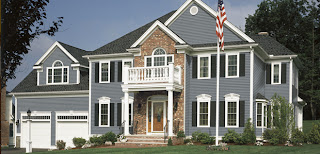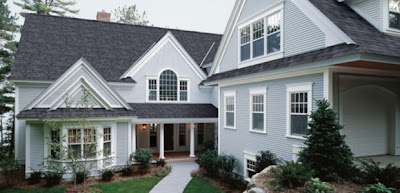 Grand Rapids, MI - Insulation is a pretty popular word in all types of construction because it is required by building codes and it can cost and / or save an owner big money, especially over time. On flat and low slope roofs it must be considered closely in new construction and in roof replacement situations.
Grand Rapids, MI - Insulation is a pretty popular word in all types of construction because it is required by building codes and it can cost and / or save an owner big money, especially over time. On flat and low slope roofs it must be considered closely in new construction and in roof replacement situations.
Your building code will dictate how much insulation you need when you build something new and sometimes may dictate what to use when you are re-roofing. An important thing to know is that when putting on a new roof, it is a good time to evaluate how your home is doing in the insulation department.
Make sure you consult your roofer when deciding what to install.
Roof insulation is designed to keep heat or cold in or out of the building effectively. Insulation is measured by R Value. This is a measurement of the resistance of a building material to heat flow. The more resistance to heat flow in the material, the higher the R Value will be.
The most commonly used roof insulation is a rigid board called polyisocyanurate insulation. It comes in different thicknesses and therefore different R Values. One inch thick “iso board” has an R Value of about 5.5 whereas one and a half inch is R9. The R value can be very high, but normally we do not install more than R30 on a roof. It may be installed in layers too.
Roofers attach insulation to the roof deck or sheathing and then install a single – ply membrane roof such as TPO, E.P.D.M., MODIFIED BITUMEN or even a built up roof system on top of it.
Roof insulation protects the roof from harsh weather elements, such as rain or wind, for the purpose of controlling the temperature within your home. Basically, roof insulation is done to prevent these elements from affecting the temperature inside your home, thus helping you minimize your energy consumption.
By insulating your roof, you can experience the following benefits:
• Comfort - Insulators can trap warmer temperature inside the house, thus creating a tepid environment within the house despite the drop of the temperature outside your dwelling.
• Energy Efficient - As a domino effect of trapping warmer temperature, there’s no need for temperature regulator devices within the house so it will entail savings from electric bill and appliance procurement.
• Noise Resistant - Houses with installed insulators are more peaceful as it not only traps temperature but also noises from outside.
If your home is too hot in the summer or too cold in the winter, adding more R Value on the roof may contribute to fixing the problem. Old buildings sometimes have none at all. Have questions? Give us a call at (616) 446-1248.










